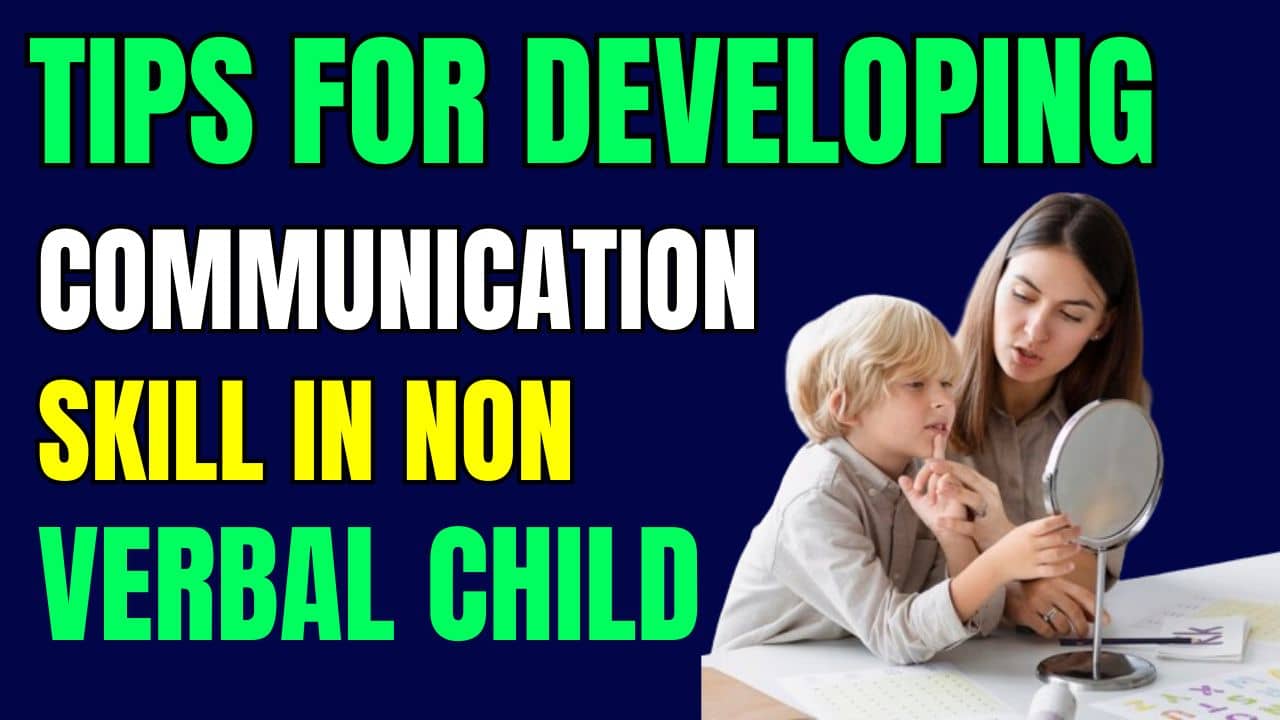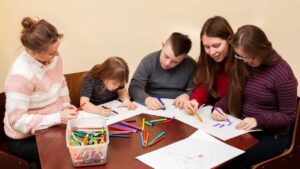Communication is the cornerstone of human connection, yet for non-verbal children, expressing themselves can pose unique challenges. However, with the right strategies and support, it’s possible to unlock pathways for meaningful communication. In this guide, we’ll explore practical tips aimed at nurturing communication skills in non-verbal children. From alternative communication methods to fostering understanding and empathy, these strategies offer valuable insights for caregivers and educators seeking to empower every child’s voice. Join us as we embark on a journey to bridge the gap and foster connection in non-verbal communication.
1. Enhancing communication with non-verbal children
Communication with non-verbal children with Autism Spectrum Disorder (ASD) requires a specialized and thoughtful approach to foster expressive and receptive communication. This chapter explores strategies and interventions designed to enhance non-verbal communication, emphasizing alternative forms of expression and interaction.
1. Augmentative and Alternative Communication (AAC):
Explore AAC tools, including communication boards, devices, or apps.
Introduce symbols, pictures, or words as alternative means of communication.
2. Visual Supports:
Implement visual supports such as visual schedules, social stories, and visual cues.
Use visuals to enhance understanding and facilitate communication about daily activities and routines.
3. Picture Exchange Communication System (PECS):
Implement the PECS system, allowing the child to exchange pictures for desired items or activities.
Gradually expand the use of PECS to include more complex communication functions.
4. Visual Timetables:
Use visual timetables to provide a visual representation of the day’s schedule.
Include pictures or symbols to depict different activities and transitions.
5. Gesture and Sign Language:
Encourage the use of gestures or sign language as alternative communication methods.
Focus on simple and meaningful gestures that the child can easily incorporate.
6. Sensory-Based Communication:
Explore sensory-based communication, such as using tactile or visual cues.
Develop a system where the child can express preferences or needs through sensory choices.
7. Communication Boards and Books:
Create communication boards or books with pictures or symbols representing common needs and desires.
Use these tools to support the child in expressing specific messages.
8. Interactive Technology:
Utilize interactive technology, including speech-generating devices or touch-screen devices.
Introduce age-appropriate apps or software that support communication development.
9. Music and Rhythm-Based Communication:
Explore communication through music and rhythm.
Use instruments or rhythmic activities to encourage expressive communication.
10. Visual Reinforcement:
Reinforce communication attempts visually with positive feedback.
Use visual cues like smiles or thumbs up to acknowledge and encourage communication efforts.
11. Personalized Communication
Identify and tailor communication strategies based on the child’s unique preferences.
Observe the child’s responses and adjust strategies to align with their comfort and engagement levels.
12. Environmental Communication:
Design environments that facilitate communication.
Use visual cues or symbols in the environment to convey information about different spaces or activities.
13. Social Interaction Opportunities:
Create structured social interaction opportunities.
Use games or activities encouraging non-verbal communication, such as turn-taking or joint attention.
14. Collaborative Communication Planning:
Collaborate with speech therapists, educators, and specialists to create a comprehensive communication plan.
Ensure consistency in communication strategies across different settings.
15. Patience and Persistence:
Be patient and persistent in encouraging communication attempts.
Celebrate small successes and gradually build on the child’s communicative abilities.
16. Family Involvement:
Involve family members in communication strategies at home.
Provide training and resources to empower parents and siblings to support the child’s communication.
17. Professional Guidance:
Seek guidance from speech therapists, communication specialists, and other professionals.
Regularly review and update communication strategies based on professional recommendations.
18. Building Trust and Connection:
Focus on building trust and connection with the non-verbal child.
Create a supportive and understanding environment that encourages communication attempts.
19. Encouraging Expression through Art:
Explore art-based activities as a form of expression.
Encourage the child to use art to convey emotions, preferences, or ideas.
20. Empowering Advocacy Skills:
Empower the child with advocacy skills.
Provide tools or systems that enable the child to express choices, preferences, and needs independently.
By implementing these strategies, parents can create a communicative environment that respects the unique needs and preferences of nonverbal individuals with ASD. Regular collaboration with professionals, including speech therapists and educators, ensures a holistic and coordinated approach to enhancing communication skills and fostering meaningful connections.





